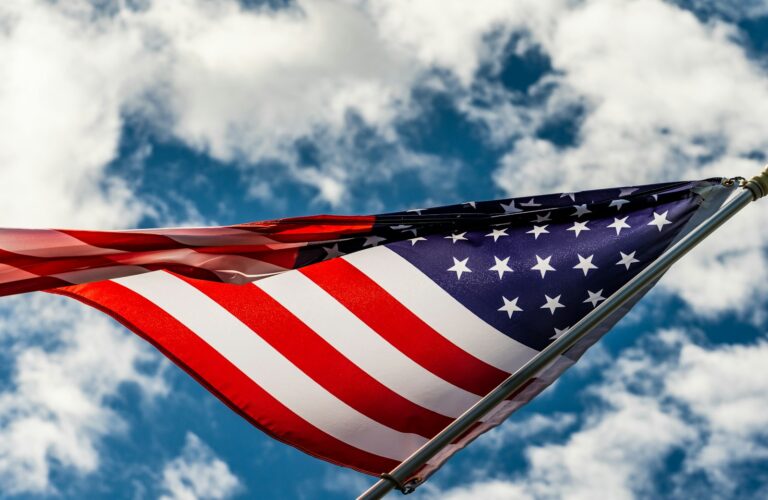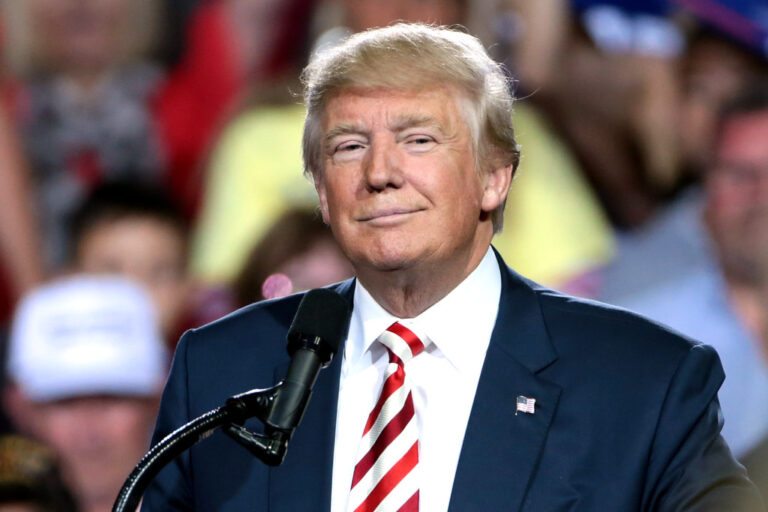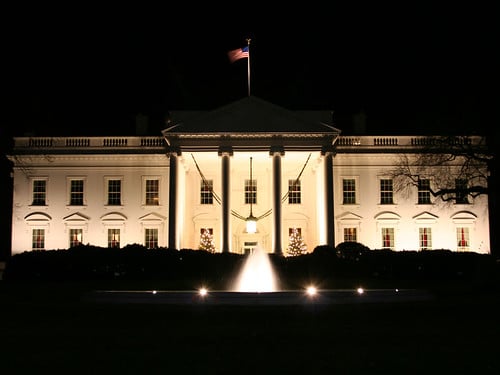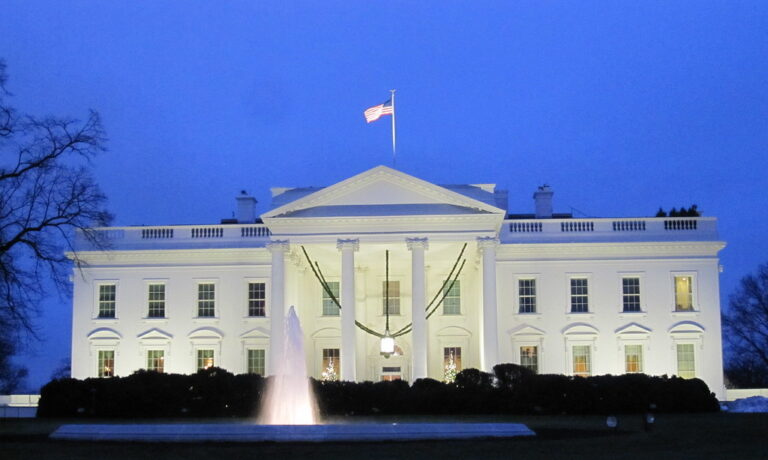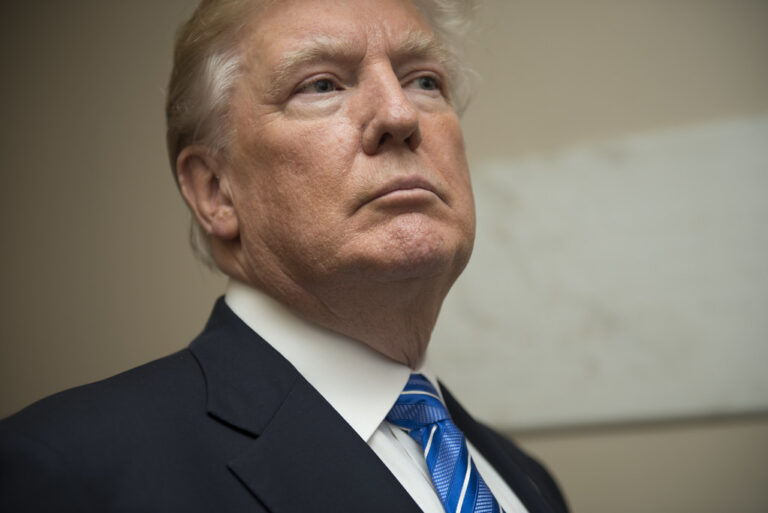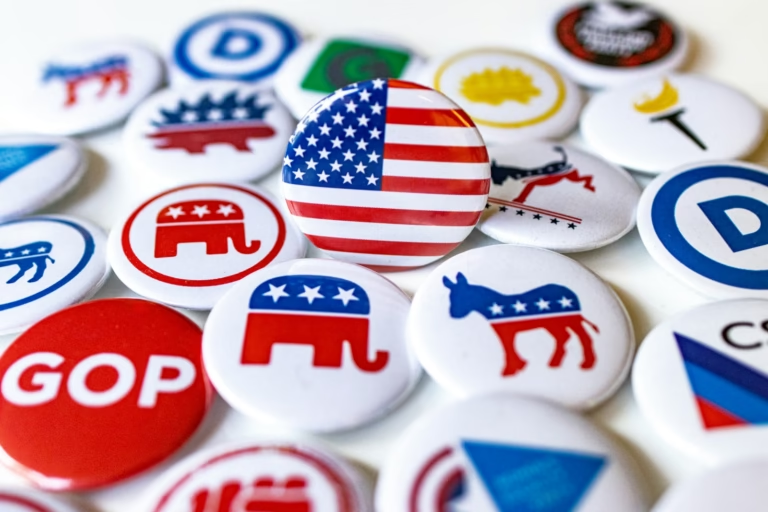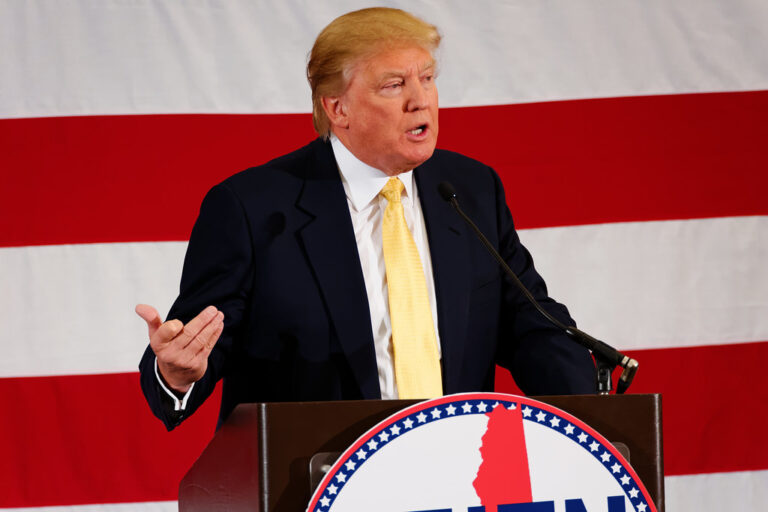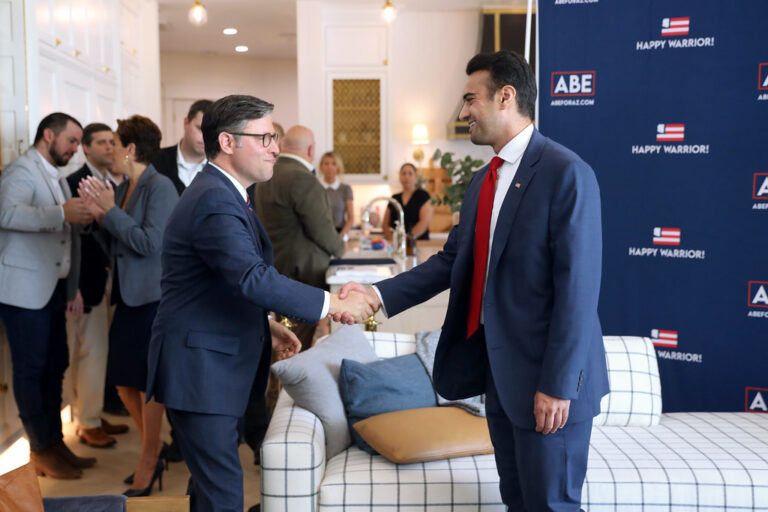Key takeaways:
• Aceco LLC began a controversial White House demolition this week.
• The company faced a flood of negative reviews online.
• Critics cited health, ethics, and lack of approval as major concerns.
• The debate shines a light on public reaction to changes at national landmarks.
White House demolition draws fierce criticism
Aceco LLC, a Maryland firm, started a White House demolition project this week. However, the decision unleashed a wave of online anger. Hundreds of people rushed to Google Maps and social media to slam the company. They blamed Aceco for tearing down parts of the nation’s most famous home. Many called the move shocking, shameful, and disrespectful.
Why the White House demolition is so controversial
The White House stands as a symbol of American history. Therefore, any change to its structure grabs headlines. President Donald Trump requested a new ballroom on the South Lawn. That request led to the demolition work and the backlash that followed. Citizens felt their voice was ignored. They worried the project lacked public consent and proper approvals.
Social media erupts over White House demolition
Soon after images of the demolition went live, social media lit up. On Google Maps, Felicity McKay wrote, “DESTROYERS…Worst Remodel Ever! TERRIBLE COMPANY.” Judith Baumgartner added, “You should be ashamed of yourself! This hasn’t been approved by the people who own it.” Another commenter blamed Aceco LLC for bending to “that orange buffoon.” Meanwhile, Instagram comments under a 2022 Veteran’s Day post poured in. Critics asked how many workers faced asbestos, lead, or silica exposure. They demanded to know if Aceco had a proper safety program. Others warned the company might go bankrupt under public pressure.
Health and safety worries spark more outrage
Public fear grew that the White House demolition could harm workers or nearby residents. Asbestos and lead are common hazards in old buildings. Without strong safety steps, dust can spread dangerous particles. Critics argued Aceco needs a clear hazard communication plan. They asked if the company followed rules to protect its workers. Moreover, they feared the public might breathe in the fallout. As one commenter wrote, “You should be ashamed not only for what you’ve done to the people’s house, but also for your s—-y construction practices.”
Ethical questions fuel the debate
Many critics focused on the ethics of demolishing parts of a public landmark. They argued the White House belongs to all Americans. Therefore, no private firm should alter it without broad support. Comments labeled Aceco LLC “complicit” and charged the company with aiding a “dictator.” One person wrote, “It certainly is NOT honoring our Veterans to tear down the People’s House at the bidding of a dictator. Shameful!” Others said karma would catch up with any firm that disrespects national heritage.
How Aceco LLC is responding
As of this writing, Aceco LLC has not issued a formal public statement about the backlash. The company did not remove negative reviews from Google Maps. Nor did it disable comments on its Instagram feed. Some sources say Aceco plans to rely on existing government approvals. The firm maintains it follows all safety protocols and legal requirements. Yet, the wave of online criticism continues to grow with each passing hour.
What comes next for Aceco LLC and the White House demolition
Despite the uproar, the project continues. Workers on site said they have orders to push ahead. The White House plans to hold construction while ensuring minimal impact on guests. Nevertheless, public pressure might force officials to pause or review the plans. Lawmakers and historic preservation groups could step in. They might demand detailed safety records and proof of proper permits. Meanwhile, everyday people will keep sharing their views online.
Lessons for future landmark projects
This episode shows how fast social media can shape public opinion. In just one day, Aceco LLC’s reputation took a huge hit. The company saw dozens of one-star reviews crop up on Google Maps. Potential clients might think twice before hiring them. At the same time, the public voiced deep feelings about national icons. People want more say in how historic sites evolve. Future projects at landmarks should involve clear public notices, safety plans, and open dialogue.
Advice for firms handling historic sites
• Seek public feedback early. Host open forums before starting work.
• Share safety plans in detail. Show how you will handle asbestos and lead.
• Communicate approvals clearly. Display permits at the work site for transparency.
• Monitor online feedback. Respond politely to critics and address concerns.
• Work with historic preservation experts. Ensure you follow best practices.
Why online protests matter
Online backlash does more than hurt a brand’s image. It can delay projects. It can invite legal challenges. It can spark media coverage that reaches millions. In this case, the White House demolition debate might even reach Congress. Therefore, companies must take public reaction seriously. They should see online critiques as prompts for action, not just noise.
The power of citizen voices
From tweets to Instagram comments, everyday people can make a big impact. Their concerns about health, heritage, and transparency force companies to listen. Sometimes, that pressure leads to better safety rules or design tweaks. In other cases, it halts projects entirely. Whether Aceco LLC faces such an outcome remains to be seen. However, this event proves that no project is immune from public scrutiny.
Next steps for concerned citizens
If you feel strongly about the White House demolition, here are some ways to take action:
• Contact your elected representatives.
• Write letters to preservation groups.
• Sign or start a petition calling for a review.
• Share factual updates online.
• Attend public meetings if they open.
By doing so, citizens help shape decisions that affect shared heritage.
Frequently asked questions
What triggered the backlash over the White House demolition?
Images and news that Aceco LLC began tearing down parts of the White House sparked public anger. Critics worried about health risks, ethics, and lack of public approval.
Is Aceco LLC legally allowed to do this work?
The company claims it holds valid contracts and permits. However, opponents question whether those approvals include public consultation and modern safety checks.
What are the main health concerns related to the demolition?
Asbestos, lead paint, and silica dust can harm workers and nearby residents if not managed properly. Critics demanded proof of a thorough hazard plan.
Could public pressure stop the project?
Yes. Lawmakers, preservationists, or courts could halt work if they find legal or safety violations. Strong community response often leads to project reviews.
How can companies avoid similar controversies?
By seeking public input, sharing detailed plans, and ensuring top safety standards, firms can reduce backlash. Transparent communication and early outreach help build trust.

